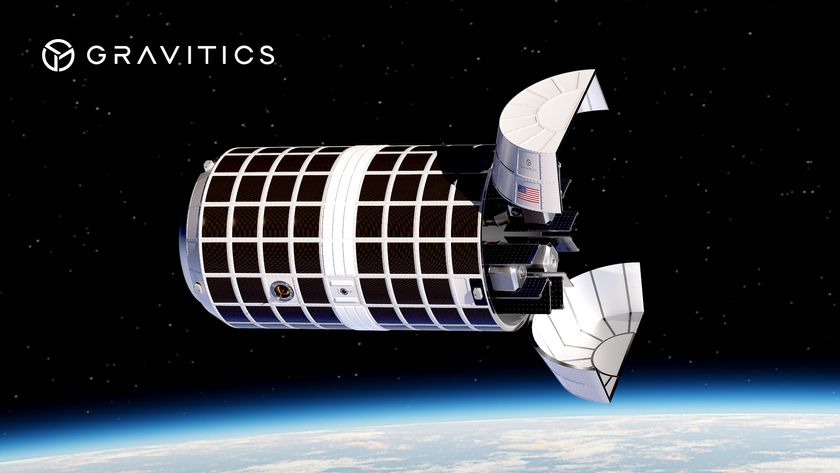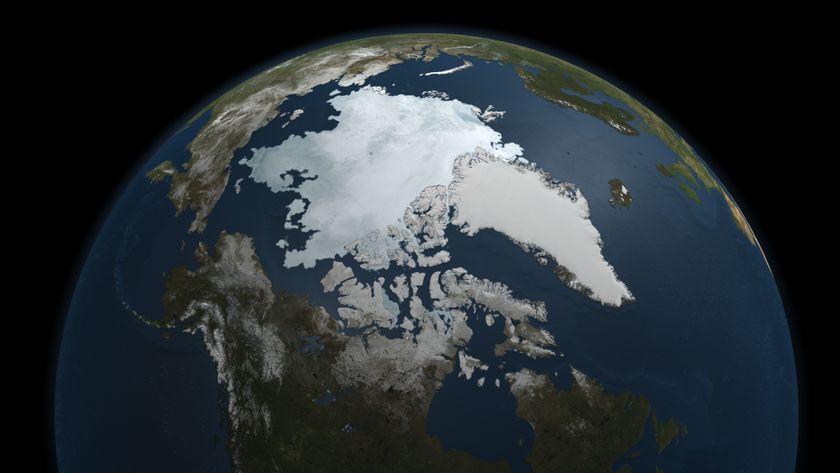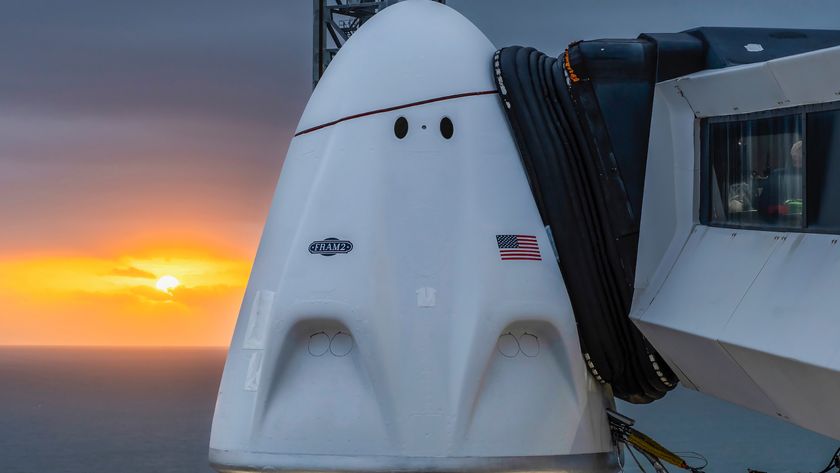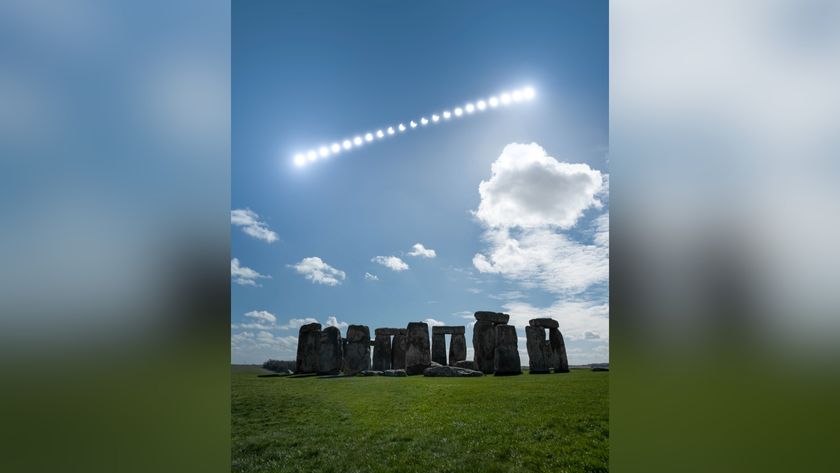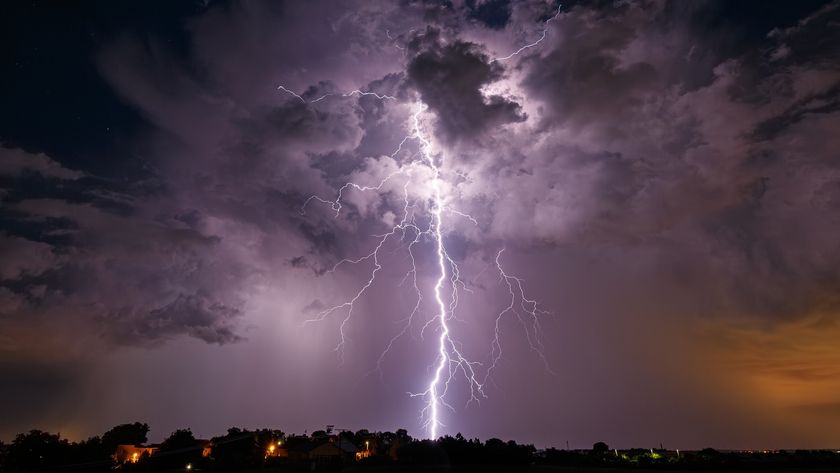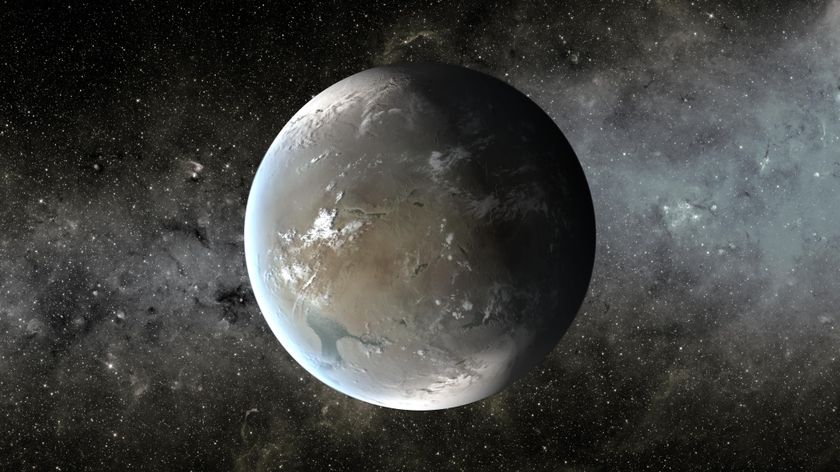Precursor of Life Molecules Found Around Star
Astronomershave found the first signature of complex organic molecules in the dust cloudaround a distant star, suggesting that these building blocks of life may be acommon feature of planetary systems.
In oursolar system, the large carbon molecules, called tholins,have been found in comets and on Saturn's moon, Titan,giving its atmosphere a red tinge.
Tholins arethought to be precursors to the biomolecules that make up living organisms onEarth (though they are no longer found on our planet because the oxygen in ouratmosphere would quickly destroy them).
A new study,detailed in a recent issue of Astrophysical Journal Letters, features observationsof the spectrum of the dust disk surrounding the star HR4796A that indicate thepresence of tholins there.
Thespectrum of scattered visible and infrared light from the disk looks very red,the researchers report, a color known to be produced by tholins. (Thespectrum's signature doesn't seem to match other red substances, such as ironoxides.)
"Untilrecently it's been hard to know what makes up the dust in a disk from scatteredlight, so to find tholins this way represents a great leap in ourunderstanding," said study team member John Debes of the CarnegieInstitution.
HR4796A,located in the constellation Centaurus, is a massive 8-million-year-old starabout 220 light-years from Earth. Its dust disk, discovered in 1991, isconsidered a prime example of a planetary system in formation.
Get the Space.com Newsletter
Breaking space news, the latest updates on rocket launches, skywatching events and more!
The dust isgenerated by the collisions of small bodies, perhaps similar to our own comets and asteroids, which coulddeliver these tholins to planets that might be orbiting the distant star.
Because thestar is twice as massive and nearly twice as hot as the sun, it provides cluesinto the different conditions under which planets, and life, might potentiallyevolve.
- Video: Planet Hunter
- Top 10 Star Mysteries
- The 10 Brightest Stars
Join our Space Forums to keep talking space on the latest missions, night sky and more! And if you have a news tip, correction or comment, let us know at: community@space.com.

Andrea Thompson is an associate editor at Scientific American, where she covers sustainability, energy and the environment. Prior to that, she was a senior writer covering climate science at Climate Central and a reporter and editor at Live Science, where she primarily covered Earth science and the environment. She holds a graduate degree in science health and environmental reporting from New York University, as well as a bachelor of science and and masters of science in atmospheric chemistry from the Georgia Institute of Technology.



